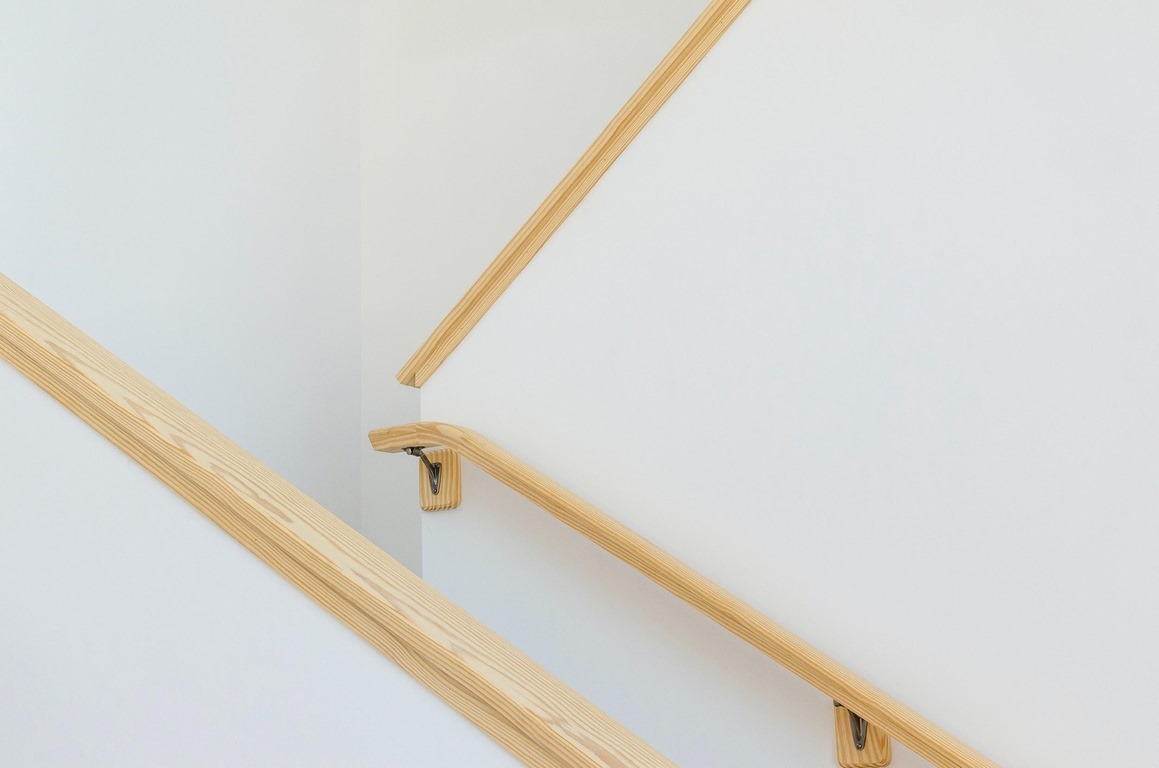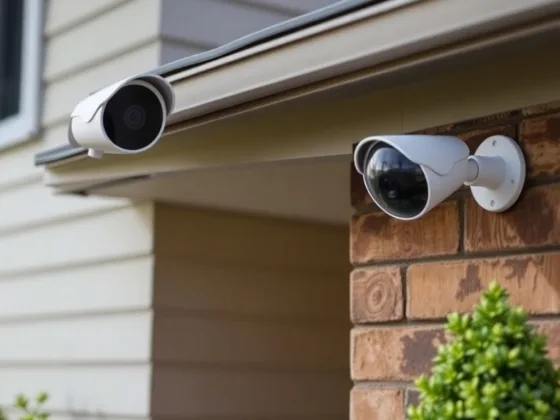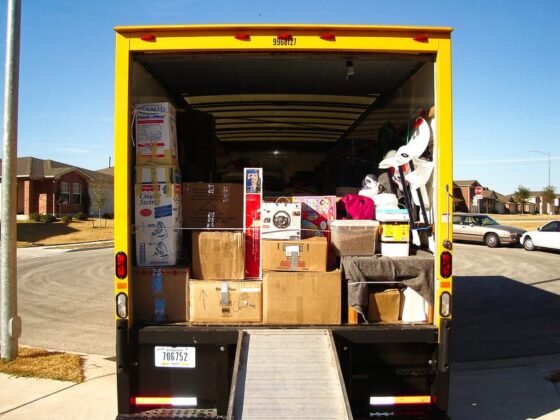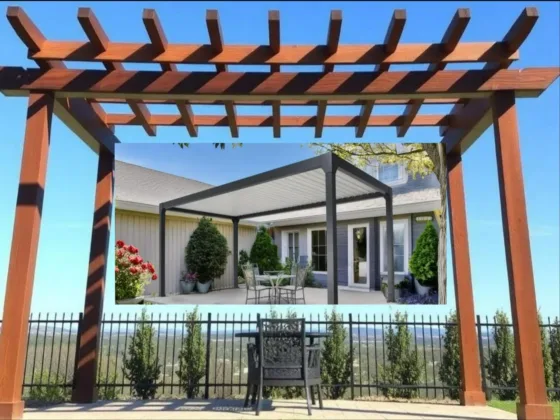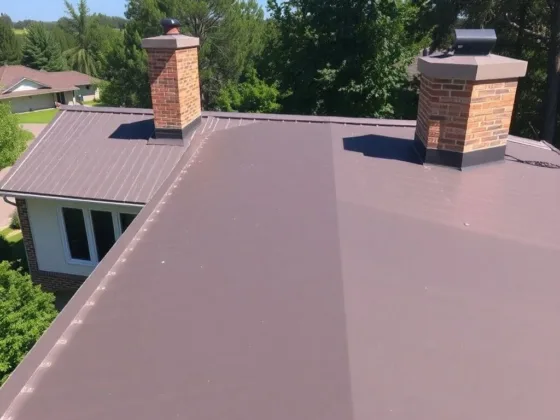Table of Contents Show
Seniors are individuals who are 65 years of age or older, and they often have distinct needs and health risks. For example, as of 2015, 49.6% of senior Americans had arthritis. Seniors are also more likely to have diabetes and suffer from respiratory diseases.
Despite the likelihood of health issues, many seniors are still able to live on their own. Modifying homes to accommodate age-related needs and health conditions can ensure seniors can live independently.
Following these steps will help turn your house into a senior-friendly home you can enjoy for years to come.
Learn How Age-Related Health Issues Affect Seniors
Understanding how different health risks affect a person will help you understand what to alter to make your home safe. Mobility and balance issues increase your chances of falling.
Osteoporosis weakens bones, which makes it easier to fracture or break them. Dementia increases memory loss, making it easier to misplace items.
You may also want to consider how Alzheimer’s affects the brain. Alzheimer’s disease is one of the leading causes of death in the U.S. As it progresses, Alzheimer’s can affect your ability to walk and perform other regular functions, like bathing and dressing.
Alzheimer’s may seem like dementia, but it actually causes more than just memory loss. Alzheimer’s causes cognitive decline that can lead to personality changes and altered behavior. As Alzheimer’s disease worsens, brains change and patients lose the ability to take part in daily life.
Alzheimer’s is more common than you might think, so if a senior you’ve is exhibiting memory problems that seem worse than the regular age-related forgetfulness, you should speak to a doctor.
There is no cure for Alzheimer’s, but there are new treatments available that can help you, as a caregiver, and Alzheimer’s patient manage their symptoms for a better quality of life.
Senior-friendly homes include renovations that will address these needs to enable individuals with age-related health issues to remain in their homes for as long as possible.
Read Also:
Make Your Home Accessible
You or a family member may need to use an assistive device to walk safely. Widen doorways to accommodate people with mobility issues so walkers and wheelchairs can fit through with ease.
You may also need to install a ramp so individuals can access your home in wheelchairs.
Another way to make your home senior-friendly is to enclose a covered entryway to keep it free from ice, snow, and rainwater. With a covered entrance, you won’t need to worry about the elements increasing your risk of falling.
Make Your Bathrooms Safer
Turn to the bathroom experts at www.basementguides.com/walk-in-tub to learn about the benefits of walk-in bathtubs. Eliminating the need to step over the side of a tub will decrease your risk of falling.
Walk-in tubs come with a seat so you can remain upright while bathing. The handrails enable you to keep your balance, and the non-slip surface is designed to keep you from slipping.
Non-slip bath mats and flooring will also increase your safety in the bathroom. Add a grab bar by the toilet to assist you when you sit or stand. As people age, many develop vision issues, so it’s a good idea to add extra lighting in your bathroom so you can see where you’re going and minimize the risk factors.
Take Steps to Reduce Falls
Add non-slip flooring throughout your home and remove area rugs or other items you may trip on, such as transition slips. If possible, install seamless flooring throughout your home and repair your sidewalks to ensure they are level.
Installing motion-sensor lights will eliminate your need to reach for a light switch and ensure you enter well-lit areas. You can decrease your chance of falling in high-risk areas by adding motion-sensor lights by your stairs, entrance, and ramps. You can also add handrails on both sides of staircases for extra safety.
Create a Senior-Friendly Kitchen
Open shelving can make your kitchen safer because you will not need to open cabinet doors. Seniors will also be able to scan the shelves to find what they’re looking for without opening and closing doors.
If you keep your cabinets, make sure they have ergonomic wide-pull handles that are at least three inches wide or round knobs. These types of handles are more comfortable to grasp and manipulate than narrow handles or small knobs.
With pressure-balanced valves, you can keep your water at a consistent temperature, which can prevent burns. You can prevent the need to reach for your faucet by installing a faucet controlled by pedals.
Installing a wall-mounted oven will also increase your kitchen safety because you will not need to reach down to insert or remove items. Look for appliances with simple, push-button controls, so you don’t have to struggle with knobs when you’re cooking.
If you have mobility issues, you may also want to consider reducing your kitchen counters’ height so you can reach work surfaces easily.




